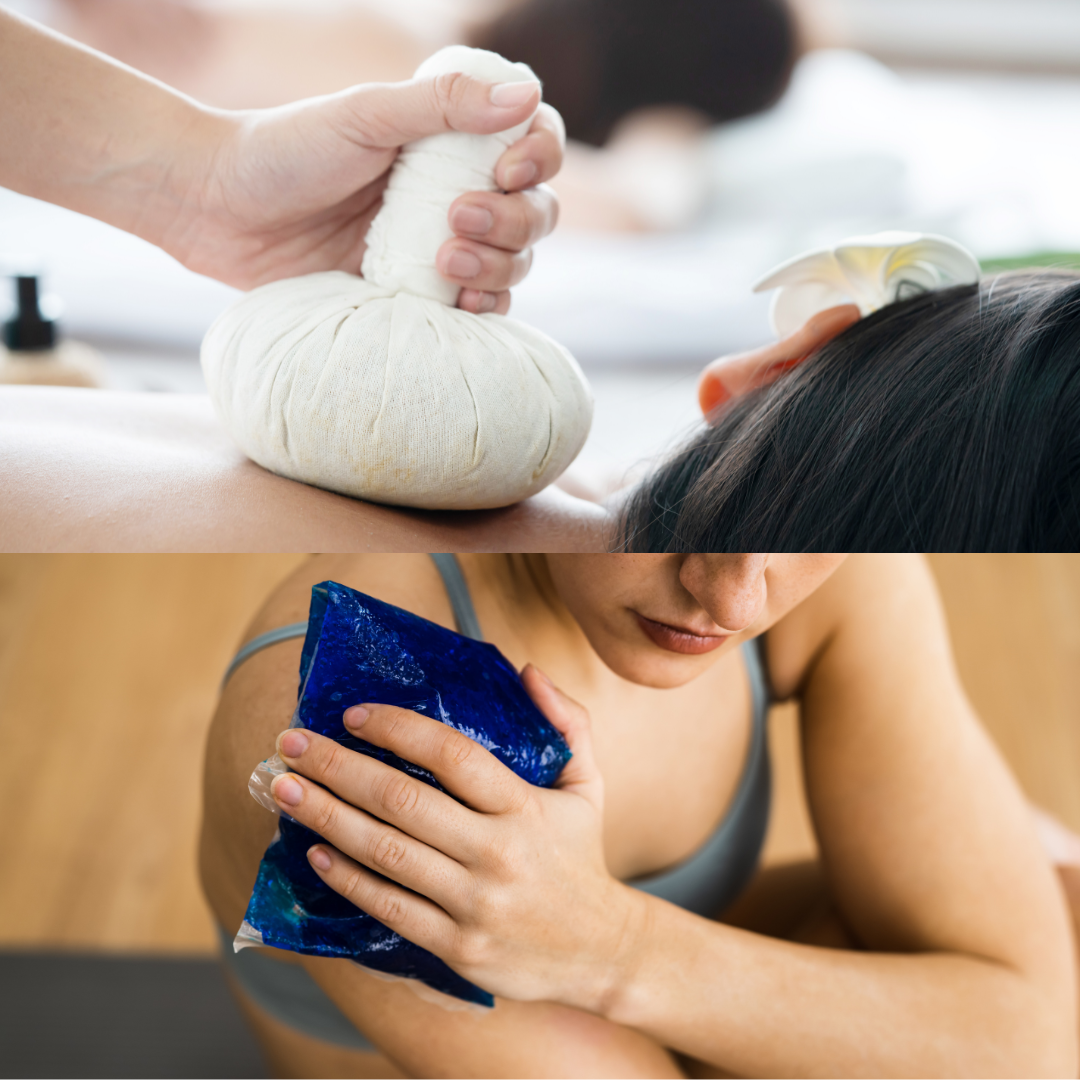When it comes to managing soreness, swelling, and injuries, heat and ice are two common remedies that have stood the test of time. But what does science say about their effectiveness? In Soothing Soreness: Heat vs Ice, we’ll dive into the science behind heat and ice therapy, explore their benefits, and shed light on potential drawbacks. By understanding these factors, you can make informed decisions about which approach to use for optimal relief and recovery.
The Science behind Heat Therapy
Heat therapy, also known as thermotherapy, involves applying warmth to the affected area. The application of heat leads to several physiological responses that contribute to pain relief and healing:
Increased Blood Flow: Heat causes blood vessels to dilate, promoting better circulation. This increased blood flow delivers oxygen, nutrients, and immune cells to the injured area, facilitating tissue repair.
Muscle Relaxation: Heat helps relax tense muscles, reducing stiffness and improving flexibility. It can be particularly beneficial for muscular injuries and chronic conditions like muscle strains and spasms.
Pain Reduction: Heat stimulates sensory receptors, effectively blocking pain signals from reaching the brain. Additionally, it triggers the release of endorphins, which are natural pain-relieving chemicals.
Benefits of Heat Therapy
- Soothes muscle soreness: Heat therapy can effectively relieve muscle soreness resulting from exercise or physical exertion.
- Promotes relaxation: The warmth from heat therapy has a calming effect on both the body and mind, reducing stress and promoting relaxation.
- Enhances flexibility: By relaxing muscles and increasing tissue elasticity, heat therapy can improve joint mobility and flexibility.
- Prepares muscles for activity: Heat applied before exercise can help warm up the muscles, making them more pliable and less prone to injury.
Drawbacks of Heat Therapy
- Inflammatory conditions: Heat therapy is not recommended for acute injuries or conditions characterized by inflammation, such as sprains or fresh muscle tears. Heat can exacerbate swelling and increase blood flow to the injured area, potentially prolonging the healing process.
- Burns and skin irritation: Applying heat for an extended period or using excessive heat sources can cause burns or skin irritation. It is crucial to use heat therapy cautiously and follow proper guidelines.
The Science behind Ice Therapy
Ice therapy, or cryotherapy, involves applying cold temperatures to the affected area. The cold sensation triggers several physiological responses that contribute to pain relief and healing:
Decreased Blood Flow: Cold temperatures cause blood vessels to constrict, reducing blood flow to the injured area. This constriction helps limit swelling and inflammation.
Numbing Effect: The cold sensation temporarily numbs nerve endings, providing pain relief and reducing discomfort.
Reduced Metabolic Activity: Cold temperatures slow down cellular metabolism, which can help limit tissue damage and decrease metabolic waste production in the injured area.
Benefits of Ice Therapy
- Reduces swelling and inflammation: Ice therapy is particularly effective in managing acute injuries and conditions characterized by swelling, such as sprains, strains, and bruises.
- Alleviates pain: The numbing effect of ice therapy provides immediate pain relief by inhibiting the transmission of pain signals.
- Controls bleeding: Ice therapy can help constrict blood vessels and reduce bleeding in cases of minor cuts or nosebleeds.
- Eases joint discomfort: Cold applications can be beneficial for managing joint pain caused by conditions like arthritis or tendinitis.
Drawbacks of Ice Therapy
- Limited blood flow: While reduced blood flow is advantageous for controlling swelling, it can also impede the delivery of oxygen and nutrients necessary for tissue repair. Thus, ice therapy may not be ideal for chronic injuries or healing muscles and tendons.
- Cold sensitivity: Some individuals may
Results Physical Therapy’s FREE Online Sciatica and Lower Back Pain Workshop
Thank you for reading Soothing Soreness: Heat vs Ice. If you are experiencing lower back pain, Results Physical Therapy is hosting a FREE Online Sciatica and Lower Back Pain Workshop on July 11th from 5:30pm – 6:30pm. This workshop will provide information on the causes of lower back pain and offer practical tips on how to identify the source of your symptoms. The workshop will be led by a master physical therapist with 40 years of experience and is open to anyone who is interested in learning more about lower back pain and improving their quality of life.
To register, visit https://workshops.resultsrehab.com/signup




